DT
0.0(0)
0.0(0)
Card Sorting
1/93
There's no tags or description
Looks like no tags are added yet.
Study Analytics
Name | Mastery | Learn | Test | Matching | Spaced |
|---|
No study sessions yet.
94 Terms
1
New cards
Hardwood
Wood that comes from broad-leaved trees that lose their leaves in autumn
2
New cards
Hardwoods
Oak, Mahogany, Beech, Maple
3
New cards
Softwood
Wood that comes from fast-growing evergreen trees with cones and needles
4
New cards
Softwoods
Pine, Redwood, Yellow Cedar, Fir
5
New cards
Oak
Light brown colour, strong and tough, corrodes steel screw and fittings and reacts with certain adhesives
6
New cards
Uses of Oak
High quality of furniture and interior woodwork
7
New cards
Mahogany
Rich reddish-brown colour, strong and durable, interlocking grain
8
New cards
Uses of Mahogany
Good quality furniture, musical instruments
9
New cards
Beech
White in colour, close-grained, hard and strong, prone to warping
10
New cards
Uses of Beech
Furniture, Toys, Tool handles
11
New cards
Maple
Durable, strong, long-lasting, polishes well
12
New cards
Uses of Maple
High-end furniture, Flooring, cabinetry
13
New cards
Pine
Durable and easy to work with, resistance against decay
14
New cards
Uses of Pine
Flooring, windows, furniture
15
New cards
Redwood
Relatively strong, knotty, durable when treated with a suitable coating or treatment, low cost
16
New cards
Uses of Redwood
General woodwork, cupboards, shelves, roofs
17
New cards
Yellow Cedar
Very pale in colour, light in weight yet rigid
18
New cards
Uses of Yellow Cedar
Furniture, Boat building and veneers
19
New cards
Fir
Excellent strength, resistance to splitting, bonds well with adhesives, rot resistant
20
New cards
Uses of Fir
Boats, flooring, doors
21
New cards
Manufactured board
A range of sheet materials produced by pressing and bonding together wood particles, fibres or veneers to achieve particular characteristics
22
New cards
Manufactured boards
Chipboard, Hardboard, Medium Density Fibreboard (MDF), Plywood
23
New cards
Chipboard
Made up of small chips of wood bonded together with resin and compressed to form sheets. It is often used in furniture for use indoors, and it is covered in a plastic coating or veneer for a more aesthetically appealing timber.
24
New cards
Hardboard
Madre from pulped wood fibres that are pressurised until the fibres bond together to produce a board that is smooth on one side and rough on the other. It is not as strong as the other boards and it is typically used in non-structural situations, such as the back of cupboards.
25
New cards
Medium Density Fibreboard (MDF)
Made up from very fine wood dust and resin pressed into a board. This material can be worked, shaped and machined easily and has considerably more strength than hardboard due to the use of resin as a bonding agent. It is used in many applications, indoors, and it can be easily finished with veneers or paint.
26
New cards
Plywood
Made from very veneers of timber with the grain of each layer being at right angles to the layers either side of it. The layers are bonded together by resin and pressure. A number of different types of plywood are available, and these are often referred to a grades.
27
New cards
Types of plywood
Boil resistant plywood, Flexible (flexi) plywood, Interior plywood, Laser plywood, Marine plywood, Weather and boil proof plywood
28
New cards
Benefits of working with manufactured boards
They are available in a range of sizes and thicknesses, boards are designed for specific purposes, they are environmentally sympathetic, they do not split like natural timbers do, they are available in ready finished formats
29
New cards
Shaping and joining timber methods
Steam bending, Laminating
30
New cards
Steam bending
Steam is introduced into a steam chamber heating the veneer. After some time the veneers are removed and are malleable and flexible, meaning that they can be bent into different shapes. They are positioned around a former and clamped, and left to cool. Once cooled they will retain this new shape.
31
New cards
Laminating
This involves using a number of thin laminates of timber and bonding them together over a former. Adhesives used in this process cure and set the layers of laminate while they are held in place. PVA is commonly used to bond timber as it is relatively cheap, non-toxic, and easy to work with. After application, the PVA will dry to be transparent.
32
New cards
Thermoforming
Plastic materials that can be repeatedly softened by heat and formed into shapes which become hard when cooled
33
New cards
Thermosetting
Plastic materials that can be softened and formed into shapes which become hard when cooled and cannot be softened again
34
New cards
Elastic state
The state in which a thermoforming polymer is at a temperature that produces a stretchy consistency and in which it can be shapes, but will not retain its form without being held in place. This state is used for instance in line bending, vacuum forming or dome blowing.
35
New cards
Plastic state
The state in which a thermoforming polymer is at a temperature that produces a consistency that is softer and more malleable than the elastic state. This state for instance is used in injection moulding.
36
New cards
Seasoning
The process of drying out timber so that it becomes strong and will not change its shape over time.
37
New cards
The process of seasoning
A kiln is used, and allows air to be warmed and circulated by fans to speed up the seasoning process. As the warm air circulates around the inside of the kiln, it dries the timber placed inside it.
38
New cards
Benefits of kiln drying timber
It is easier to monitor the timber, and it is a much quicker process than naturally seasoning timber
39
New cards
Drawbacks of kiln drying timber
It is more expensive than natural seasoning, and a kiln has a maximum capacity due to its physical size, which limits how much timber can be seasoned at one time. Sometimes timber can warp in the process.
40
New cards
Warping
The distortion or twisting that can occur to timber, often as a result of poor storage, poor seasoning or natural defect
41
New cards
Composite
A term used to describe a material that is made by combining two or more materials.
42
New cards
Why are composites used?
They can be engineered to meet the exact requirements of a specific application. By combining individual materials, each becomes enhanced and typically the advantages of the new material means it is more efficient, stronger and lighter.
43
New cards
Composites examples
Concrete, small stones and gravel with cement and sand
44
New cards
Properties of metals
Brittleness, Ductility, Hardness, Elasticity, Malleability, Toughness, Work hardening
45
New cards
Brittleness
Something that has no flexibility: when it breaks, it shatters into multiple pieces
46
New cards
Ductility
The ability to be stretched, bent, deformed and shaped without breaking
47
New cards
Hardness
Resistance to scratching, cutting and wear
48
New cards
Elasticity
The ability to return to its original shape after it has been deformed
49
New cards
Malleability
Something that can be easily shaped, spread, flattened, hammered and deformed
50
New cards
Toughness
Resistance to breaking, bending or deforming
51
New cards
Work hardening
When a non-ferrous metal is continually bent, hit or shaped over a period of time
52
New cards
Annealing
When a metal is annealed, it is heated to a specific temperature and then cooled, which changes the molecular structure of the material, resulting in the metal being softened. This means that a metal has been annealed and can be cut and shaped more easily than if it had not been.
53
New cards
Ferrous metals
Metals and alloys that contain iron. They all have some properties which relate to iron: they conduct heat and electricity, and they react with oxygen and corrode (rust) unless they are treated to prevent this. They also have high melting points.
54
New cards
Ferrous metals:
Cast Iron, Stainless steel, Mild steel, High Carbon steel
55
New cards
Cast iron
Brittle, corrodes by rusting
56
New cards
Uses of cast iron
Casting and base metal for all steel alloys, manhole covers, car brake discs
57
New cards
Stainless steel
Hard, corrosion and wear resistant to a large extent.
58
New cards
Uses of stainless steel
Cutlery, kitchen equipment, sanitary equipment, surgical equipment
59
New cards
Mild steel
Tough, ductile, malleable, good tensile strength, poor resistance to corrosion
60
New cards
Uses of mild steel
General purpose engineering and construction material, nuts, bolts, car body panels
61
New cards
High Carbon steel
Hard and tough but the increase in carbon makes it more brittle. It can be heat treated to further enhance its properties.
62
New cards
Uses of high carbon steel
Cutting tools, ball bearings, hand tools; screwdrivers, hammers, chisels and saws
63
New cards
Non-ferrous metals
Metals and metal alloys that do not contain iron
64
New cards
Non-ferrous metals:
Lead, Aluminium, Brass, Copper
65
New cards
Lead
Is very soft and malleable. It has one of the lowest melting points of a metal that is solid at room temperature
66
New cards
Uses of lead
Roofing, construction, casting, lead acid batteries
67
New cards
Aluminium
Light in colour although it can be polished to a mirror-like appearance. It is very light in weight and the most abundant metal in the Earth’s surface.
68
New cards
Uses of aluminium
Saucepans, cooking foil, takeaway containers, window frames, ladders, bicycles
69
New cards
Brass
It is golden yellow in colour and is often machined from cast ingots and billets of raw material.
70
New cards
Uses of brass
Used for decorative metal work such as handles, candlesticks, ornaments, pins on electrical plugs, and musical instruments
71
New cards
Copper
A very ductile and malleable metal. It is often red/brown in colour and it goes green when it corrodes, forming a substance called verdigris. It is an excellent conductor of heat and electricity
72
New cards
Uses of copper
Used for plumbing, cookware, electrical fittings and roof coverings
73
New cards
Cutting tools
Hacksaw, Guillotine, Tenon saw, Cross-cut saw, Panel saw
74
New cards
Hacksaw
Used for all metals, cuts straight lines
75
New cards
Guillotine
Used on sheet metal, cuts straight lines
76
New cards
Tenon saw
Used for wood, cuts precision tenon joints
77
New cards
Cross-cut saw
Used for wood, cuts across the grain, producing a straight edge
78
New cards
Panel saw
Suitable for heavy duty work, cutting all types of wood, and sheets of plastic, cuts straight lines
79
New cards
Datum
The flat face, or straight edge of the material from which all measurements should be taken
80
New cards
Methods of securing material
Clamps, Vices and Jigs
81
New cards
Tools for measuring and marking out
Marking gauge, Mitre square, Centre punch, Compasses, Mortise gauge, Combination square, Try square, Scriber
82
New cards
Scriber
Used for marking out a sharp, straight line
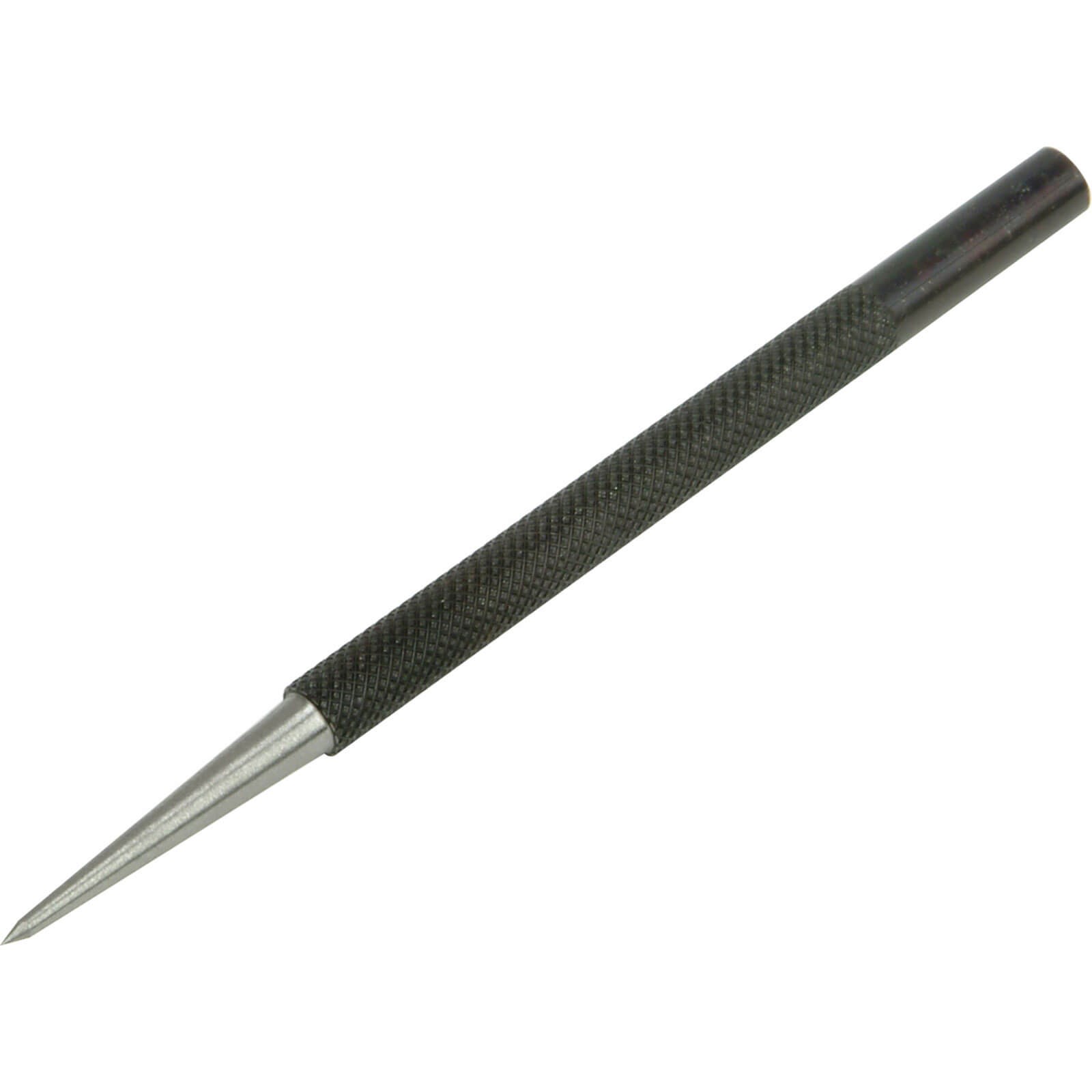
83
New cards
Try square
Used to mark out a perpendicular/90° angle
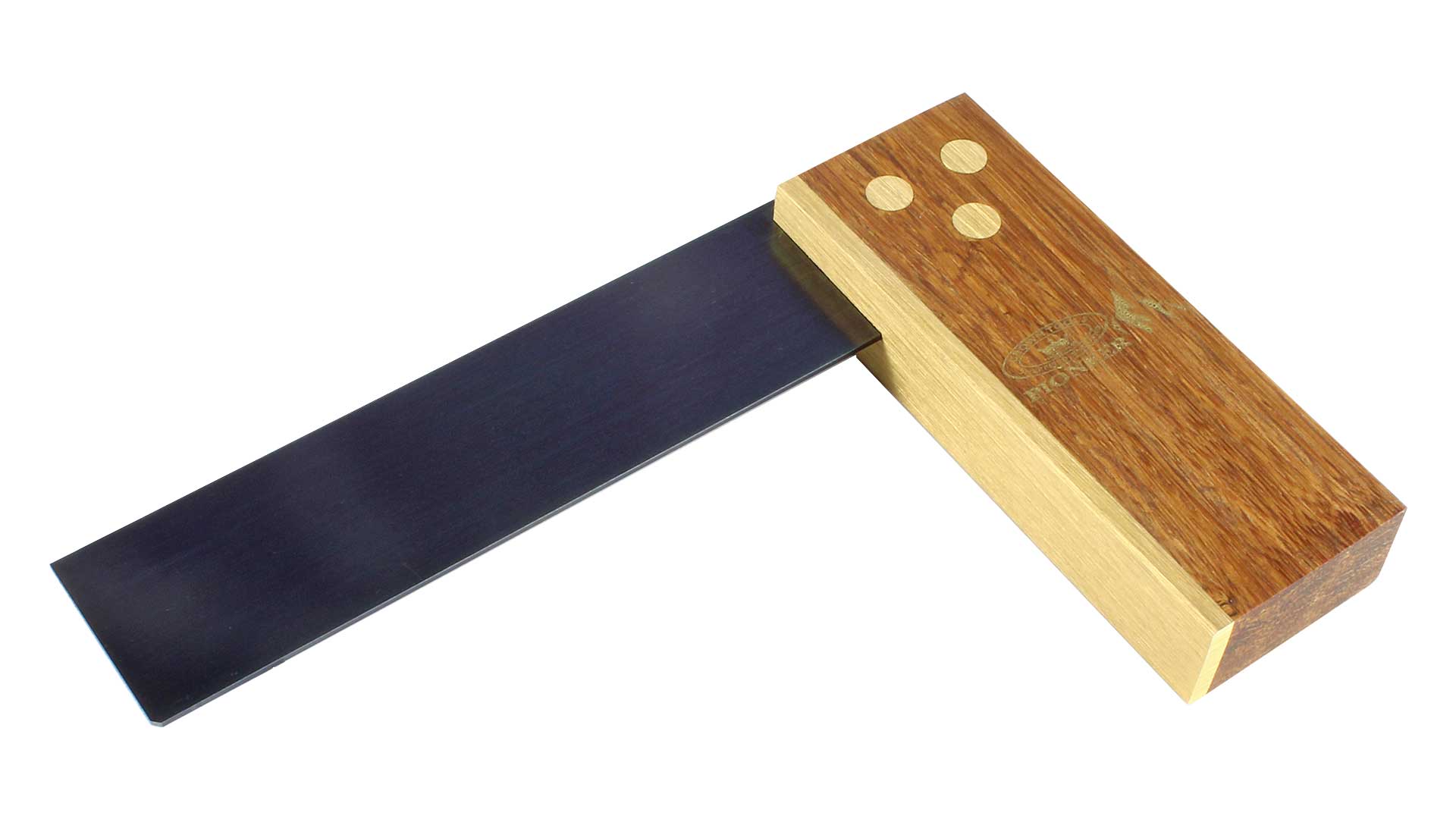
84
New cards
Mitre square
Used to mark out a 45° angle
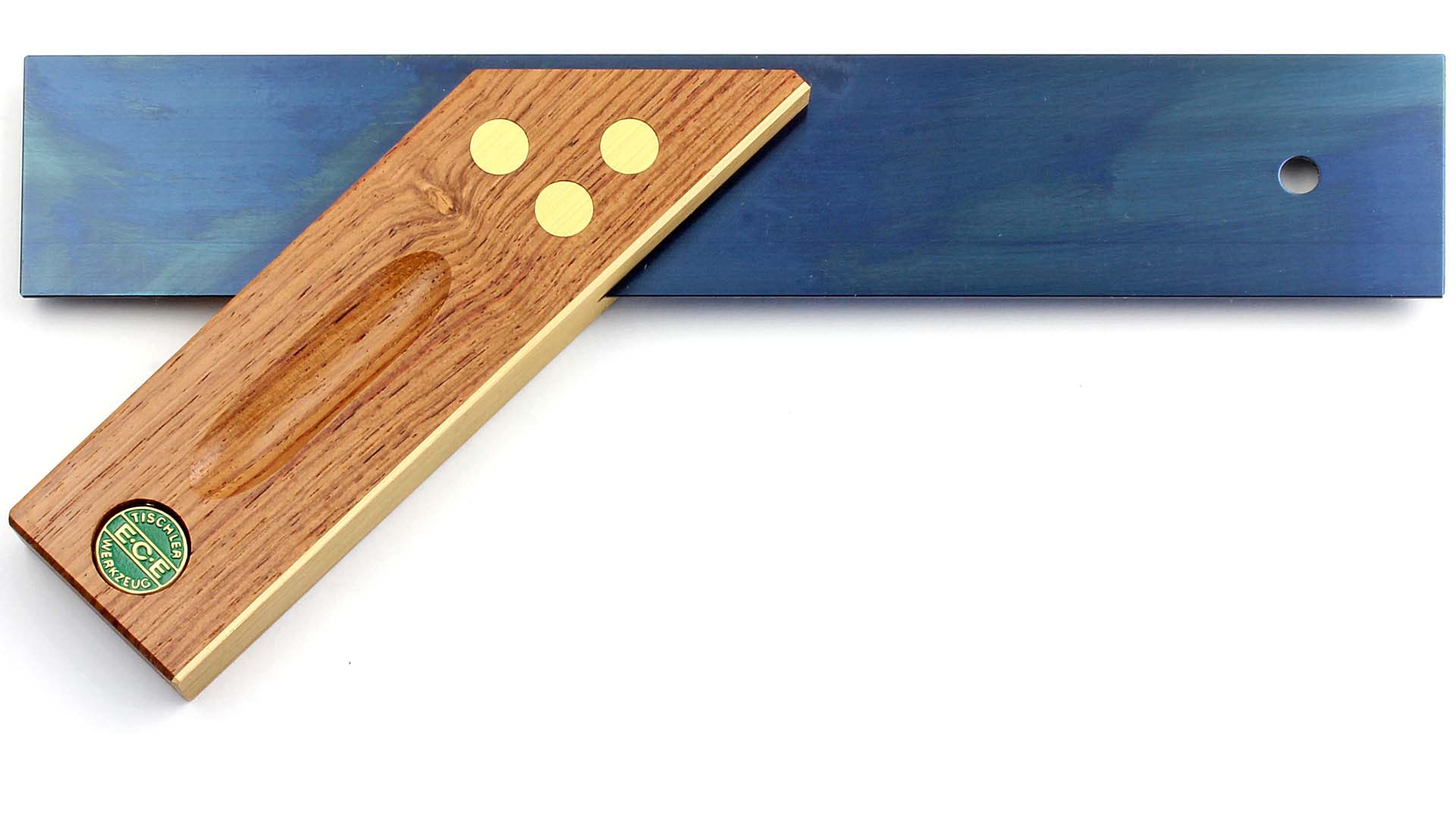
85
New cards
Marking/mortise gauge
Used to mark out a parallel line
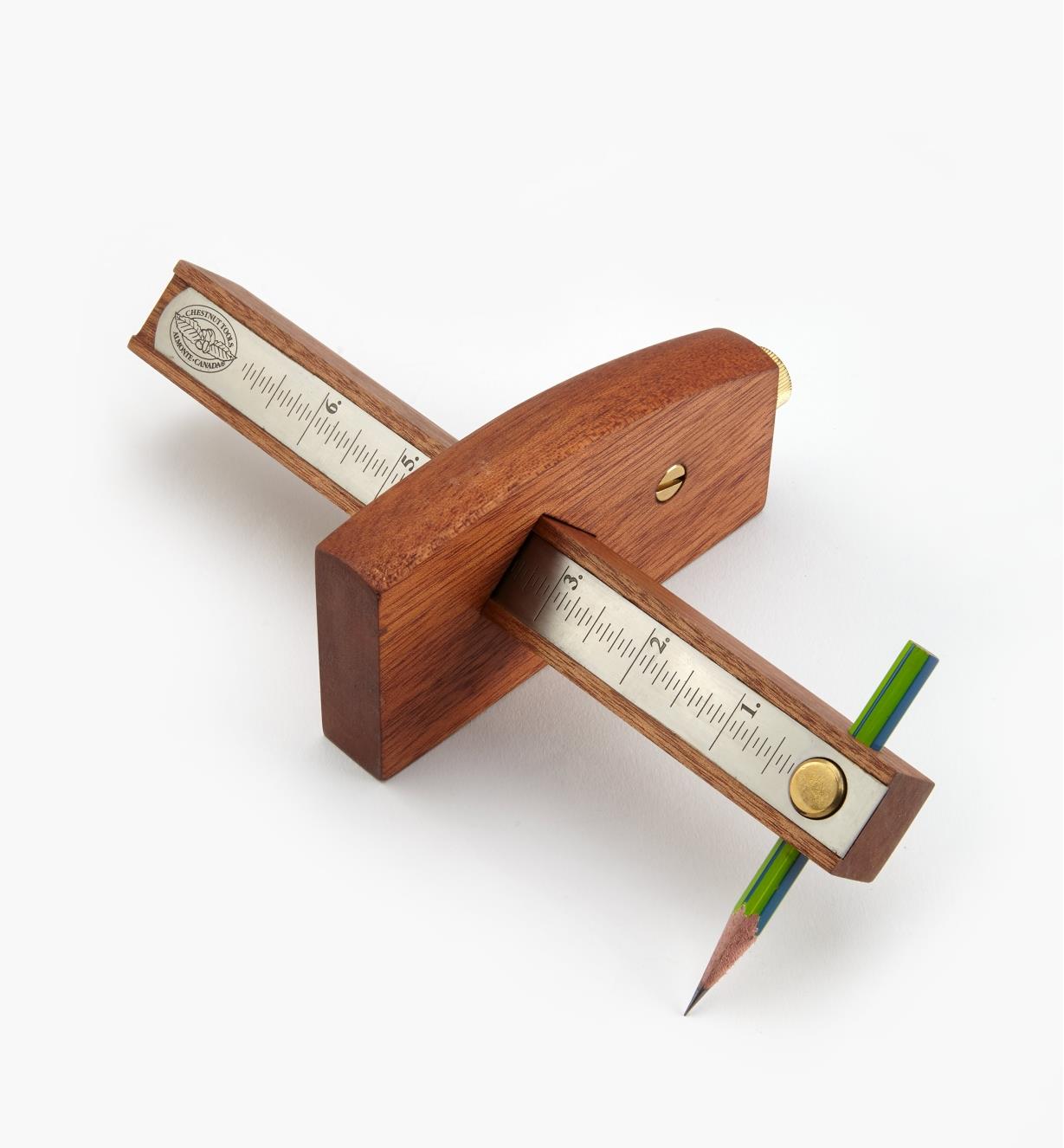
86
New cards
Centre punch
Used to mark out the centre of a hole, before it is drilled
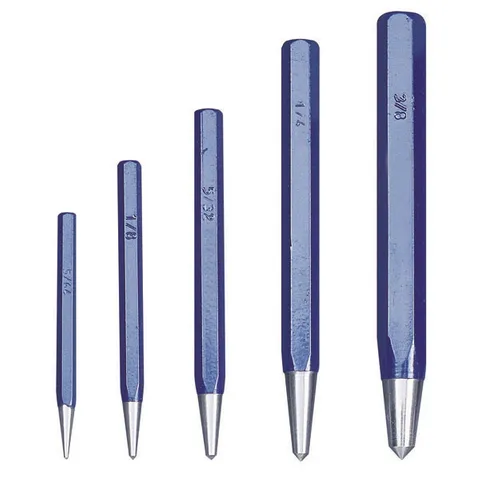
87
New cards
Compasses
Used for drawing arches, curves and circles
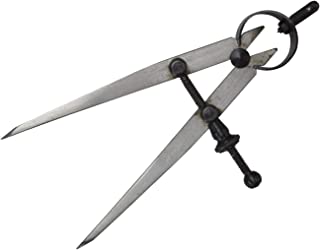
88
New cards
Combination square
Used for measuring a 45° angle
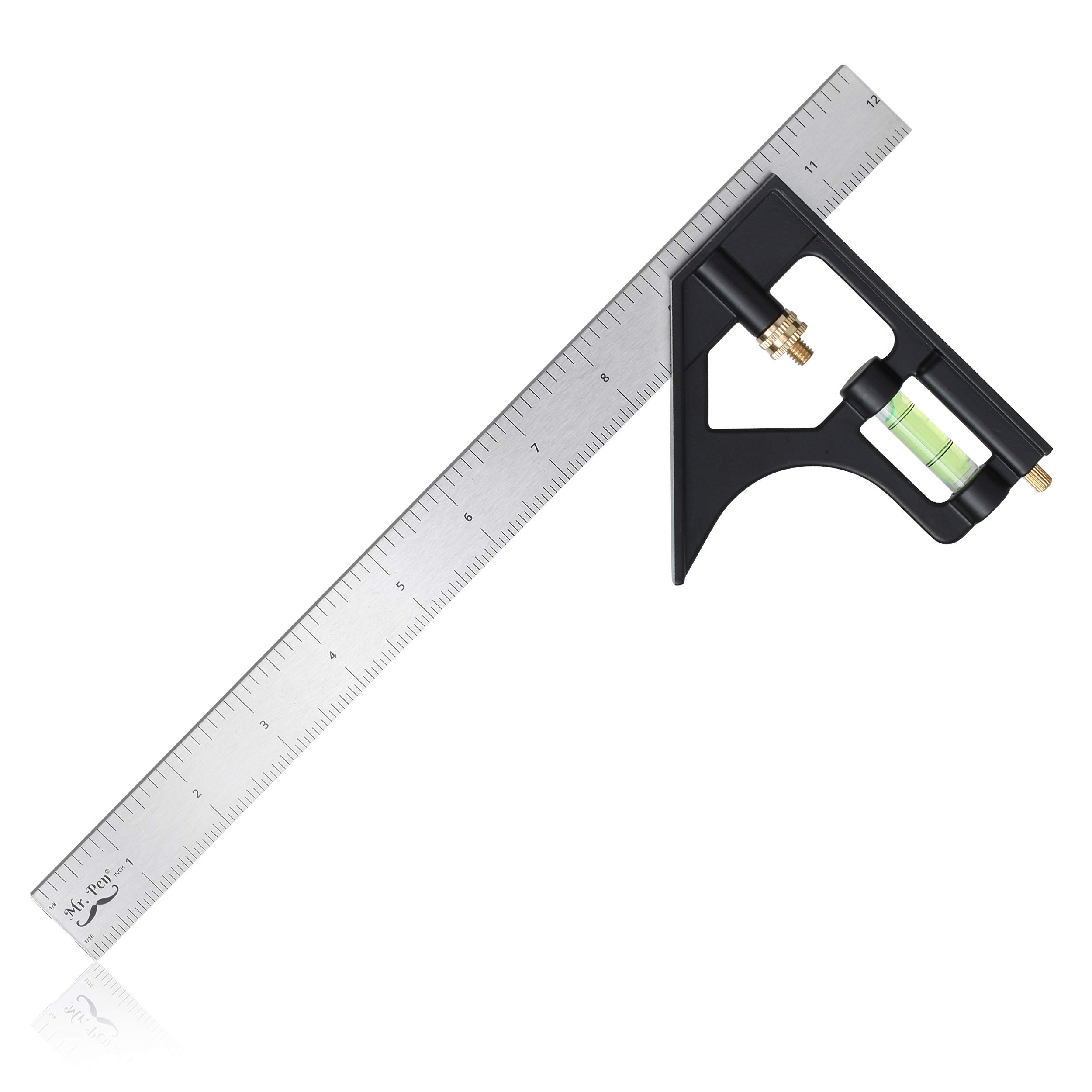
89
New cards
Odd leg caliper
Used to mark out a parallel line
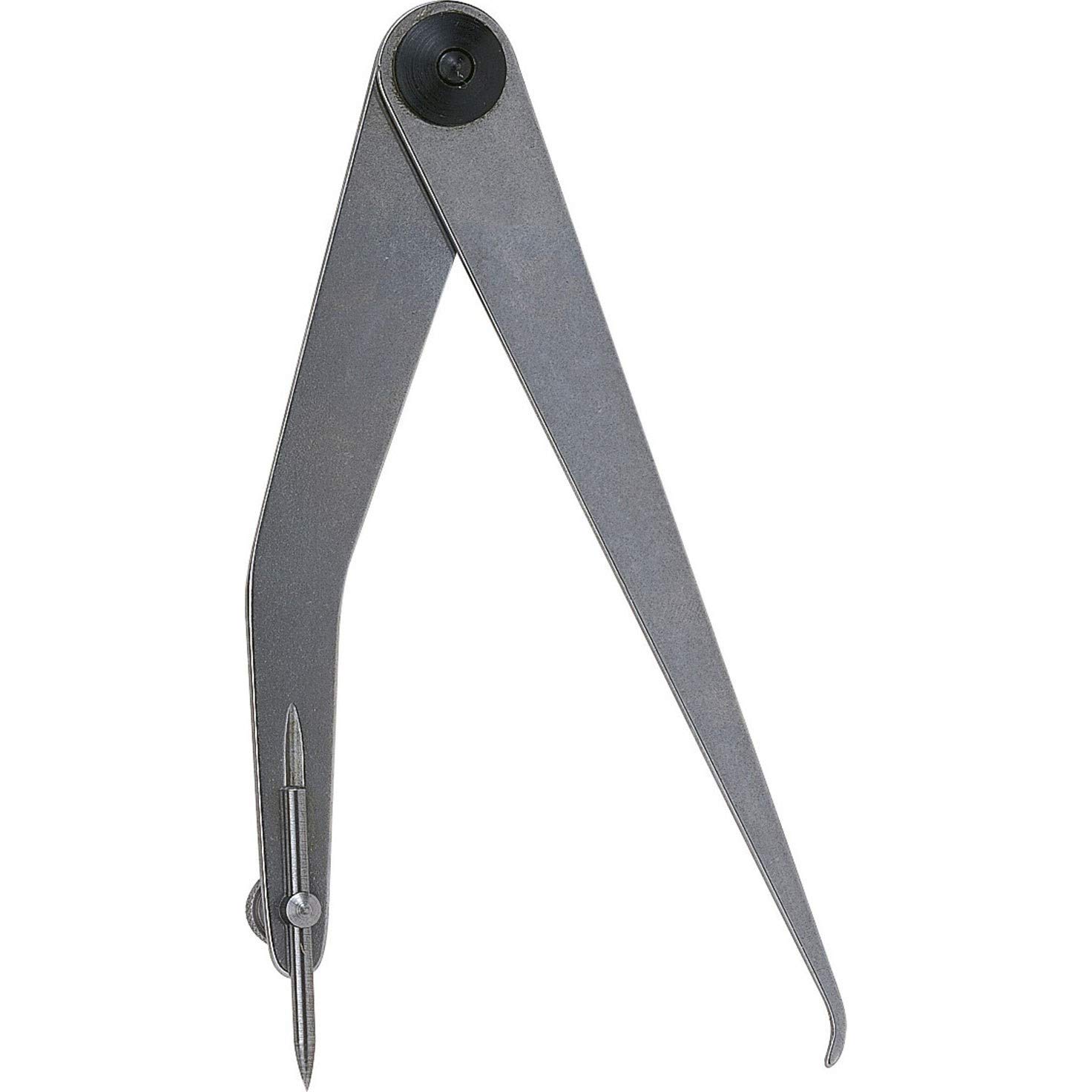
90
New cards
Precision instruments for measurement
Inside and outside calipers, Micrometre, Vernier gauge, Digital vernier caliper
91
New cards
Inside and outside caliper
Caliper used to measure the inside or outside of material
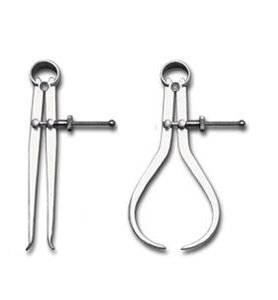
92
New cards
Micrometre
A precision device used to measure depth, length or thickness to a high degree of accuracy

93
New cards
Vernier gauge
A manual caliper used to measure internal and external distances with precision and accuracy

94
New cards
Digital vernier caliper
A precision instrument used to accurately and easily measure internal and external distances. Can measure in either imperial or metric units
